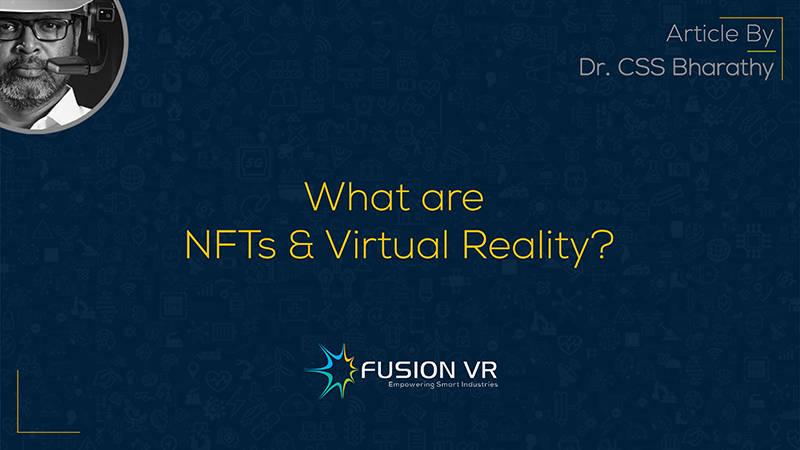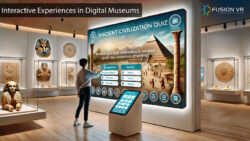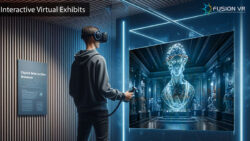NFTs are just Non Fungible Tokens. That’s it!
To the average reader, the previous statement could mean anything and nothing and actually lead them nowhere. I’m just kidding before we get more into it. Is the NFT like that physical token that most people are familiar with or something else?
The NFT is actually a kind of digital certificate that can be attached to any digital asset that will establish its ownership and authenticity and can be considered tamper-proof. A digital asset could be digital art, in-game purchases such as skins, music files or even AR/VR objects or solutions. NFTs can also be used for real-world assets to ensure their provenance or, quite simply, origin. The potential applications of NFTs are expanding and could help individuals and businesses immensely.
Now, let’s try to see what Non-Fungible means. It essentially means that it’s unique and cannot be exchanged or replaced. Fungible is another word for replaceable in the English language.
The NFT can be traded or sold but not replaced with something of equal value, like a rupee note. In terms of protecting digital assets, it means that when an NFT is integrated with a digital asset, its exact ownership and ownership history is available and tamper-proof. There would not be another person who lays a claim to your NFT and its underlying asset.
The NFT is based on blockchain technology. This technology does not depend on any central authority or person to maintain a record of ownership of any asset. There is a central depository to maintain shares or stocks. This is unlike that as it depends on the many users of the internet, and every transaction of the asset is added as a block establishing the blockchain.
This happens in a peer-to-peer network and is also referred to as a public ledger that is distributed across the network and therefore becomes decentralized. The blocks in the blockchain cannot be altered by anyone, and it’s very, very difficult for someone even to attempt it. This is something that makes the blockchain so secure and dependable.
NFTs are really a cool way to establish ownership and also ensure the proceeds or benefits of any transactions are paid accurately and also go to the rightful owner(s). This is called a creator fee and is reflected in each of the NFTs that are listed in an NFT marketplace. Opensea is a popular marketplace for such NFTs with several million listings. Cryptocurrencies such as Ethereum and Bitcoin are used for these transactions.
Exploring the Potential of NFTs in Virtual Reality
It’s important to differentiate between NFTs and assets. The NFT is not the asset but the blockchain ledger that records, tracks and establishes the ownership and provenance of the asset. While the asset may reside at a specific location physically or virtually, the NFT is transferred to its new owner.
Virtual reality, as many of you are aware, is a 3D digital space that is created to provide users with an immersive experience. VR makes you temporarily forget the real world you’re in. It requires the use of VR hardware such as a headset, hand controllers and specially created VR content or programs. These VR solutions or experiences could be for gaming, educational or industrial purposes.
The VR space could also house virtual art or VR models that users could paint to their liking in virtual space. These solutions or components, or possibilities used to build such experiences are pretty unique. Such virtual reality NFT would have commercial value that can be traded or sold to other people and entities for commercial or personal use. VR NFTs listings can also be found on Opensea.
The metaverse has become quite popular in recent years, notably after Facebook announced that it was rebranding as Meta. The metaverse is touted as the future of the internet that will emerge as a vast network of virtual spaces. Several companies, such as Meta, Google, Sony, and Decentraland, are working on building the metaverse with technologies and networks to support it.
Virtual real estate space is where digital land is being bought and sold currently in the metaverse with virtual real estate NFT. These spaces are developed to enable a variety of interactions between users who are expected to converge in the metaverse.
These VR spaces are also digital assets that have NFTs to ensure their authenticity and provenance in the NFT real estate marketplace. The NFTs for virtual real estate can also be applied to the physical real estate we live in and eliminate the various issues we see day to day regarding ownership and transfer.
This discussion has presented a very small sample of the possibilities we see with NFTs and virtual reality. The future of this is in the hands of users. These areas have caught the imagination of today’s young people, who are genuine digital natives and are excited to take the ride.
The growth of the metaverse, NFTs, and VR are closely linked, and development in one area could fuel growth and pace of adoption in another. The future is quite exciting and filled with possibilities and promise for NFT in VR.
This is a small effort to share our knowledge on this topic and help our community to gain familiarity with these technologies. The hope is that we begin to experience, enjoy and leverage these technologies for future benefit in personal and commercial ventures. I encourage you to visit the Fusion VR blog page for more information and updates on this subject.





